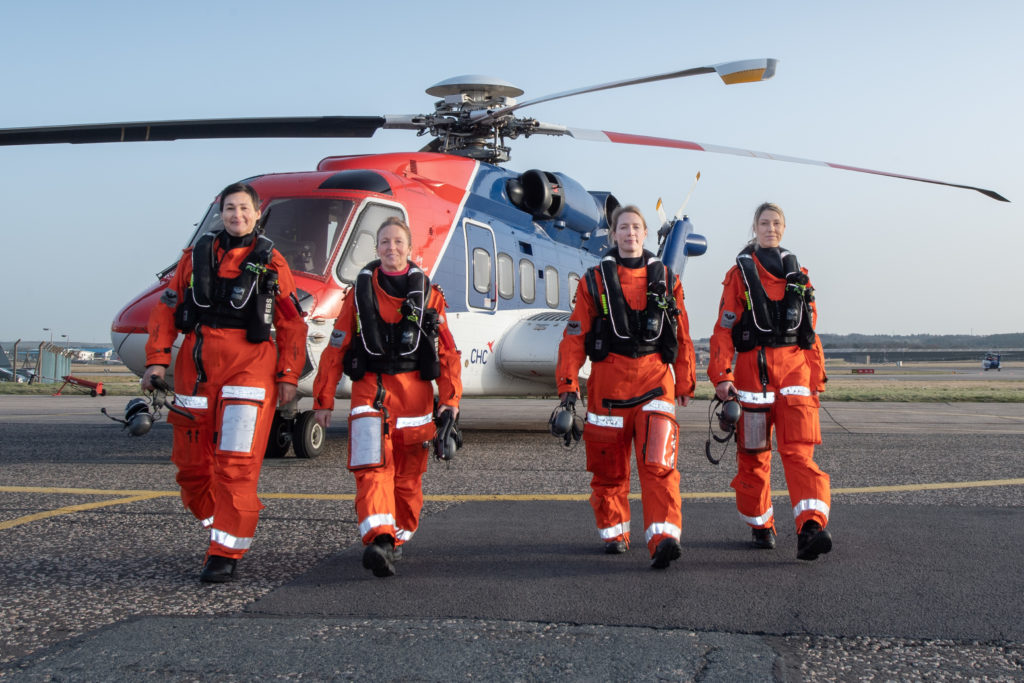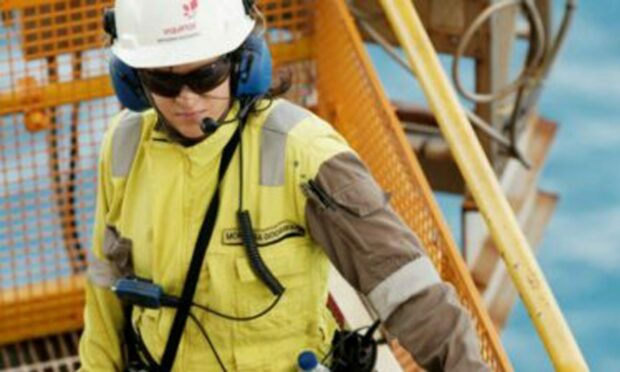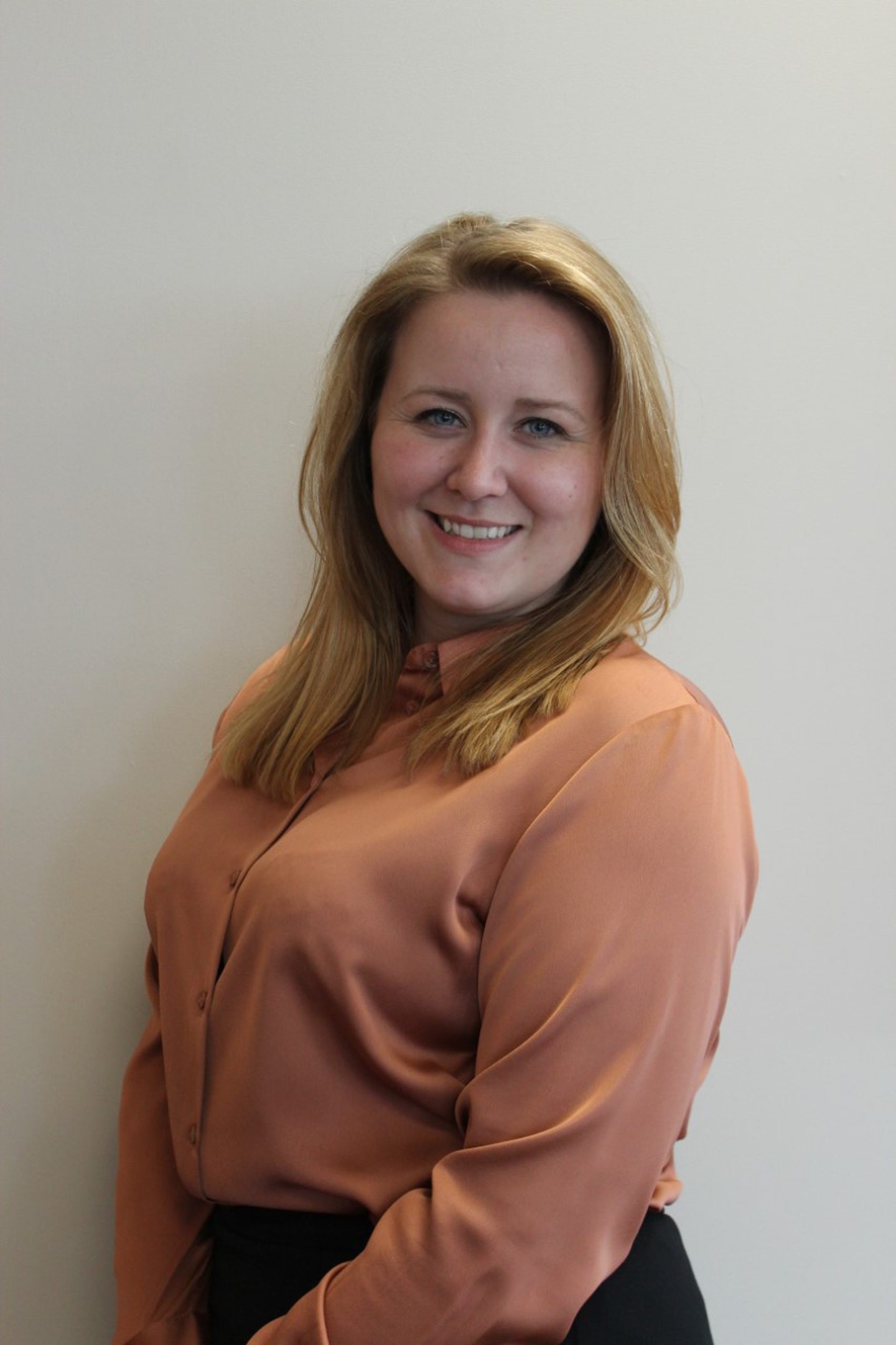In 2020 OEUK chief executive Deirdre Michie said that female representation in industry was ‘not good enough’. Yet two years on women in the sector still face challenges in accessing basic facilities and amenities offshore.
A recent article by the Aberdeen X-Industry Support Network (Axis) shared a statement from one of its members that read: “Before we put tampons and pads in all of our bathrooms, I used to walk to the toilet with a tampon tucked up my sleeve, praying that nobody would stop to talk to me on my way.”
A 2019 article reported that Swire Pacific Offshore, Subsea 7 and Royal Boskalis received criticism over failing to provide a designated place to discard sanitary products.
On one occasion, Swire handed a female worker a plastic box and a plastic bag as a substitute sanitary bin.
In another, one woman was told by a male captain on a Subsea 7 vessel to find the only other female onboard and “ask what she does.”
This is despite companies in the UK being legally obliged to provide appropriate bins.
Project execution lead Olayide Akinsomi corroborated the story: “I can relate with this as most of the offshore installations I have visited and worked on tend not to stock sanitary products in the bond, or to have dedicated sanitary bins onboard.”
An anonymous female offshore worker commented: “There should be an existing company-wide approach, not a makeshift effort on individual boats.
“I don’t believe I am doing anything wrong trying to highlight the issue and to be honest with you it has annoyed me a lot over the years. I’m yet to work on a vessel with any clear policy.”

Availability of sanitary products offshore
A 2020 survey found that only 16% of respondents said they have access to feminine hygiene products that were available to purchase at the bond.
Project lead of Axis group and programme coordinator for Wood, Sarah Clark explains: “It’s no different from toilet paper, this is a basic human need thing.
“It doesn’t cost much to maintain and it’s such an easy fix.”
Every platform approaches providing sanitary products differently, some supply them in the bond to be purchased on-site, others stock them in toilets and provide bins but some make women go to the onboard medic.
“You’d have to go to the medic to get stuff, which is crazy because it’s not a medical issue, it is just a basic human necessity,” Ms Clark said.
This lack of consistency between platforms means that women offshore don’t know what will be available for them when they arrive on-site, making it harder to prepare.
Ideally, all platforms would provide these products and facilities, Clark said, but id they don’t they should make it clear: “If companies just say ‘we don’t have facilities on this platform’ that’s great because you can know in advance and you can prepare.”
The lack of facilities on a platform can affect an employee’s mental health and with something like menstruation, it does not only happen once.
“Every woman experiences this and it’s more apparent when something has happened in your life – so say you’ve had a child. Your period is going to be crazy the year after you have a child” Ms Clark explained.
“When you go into heavy menopause and it lasts like 15 years and your period goes crazy during that time.
“That’s a huge chunk of a woman’s working life so it’s incredibly embarrassing if you get caught off guard and you have to go to a meeting or you’re offshore, you’ve got nowhere to go or nowhere to get stuff.”
Failing to provide these essential facilities can make female offshore workers feel unwelcome and “not even been considered as part of the design”.
However, the availability of menstrual products “has gotten better overall”.
Ms Clark said: “I know in my company a lot of men talk about it because they’ve seen the Davina McCall interview or the documentary, are the offshore workforce looking at that, don’t know but probably. Has that caused a step change in connectivity? Maybe not.”
PPE not fit for women
The lack of access to sanitary products is not the only issue that affects women offshore, the lack of facilities, under-representation and personal protection equipment (PPE) can all impact a woman’s experience offshore.
Asked about impressions of female representation offshore, Ms Clark added: “If anything the offshore figures for women have gotten worse – when [Ms Michie] said that it was like 3% and now it’s down to 1.7 or 1.8% and that is partly because of Covid.”
One minor improvement could be made with two-piece overalls, Ms Clark said, explaining the hassle of having to take off the whole suit.
Nevertheless, she believes the sector is moving in a positive direction, and has “probably gotten better” as more companies become “a bit more switched on to it”.
Further those who are actively addressing issues for women offshore should share their experience to encourage others.
“I know they have the stuff out there but they don’t want to say they do or they just don’t think to shout about it, which is a shame because they’re leading the way,” she said.
“I think in general things are improving and you see pockets of goodness we just need to make sure that goodness is wider spread.”
Advice to industry: ask women
Ms Clark’s advice for how to improve the experience of women offshore is: “Work with women to identify what the problems are because they’ve got the answers, ask us.
“There are lots of things we can do beyond just having better sanitary products but they’re all pretty simple, you don’t have to go and rejig the whole infrastructure.
“This isn’t about women and only women, when you improve the experience of women everyone else’s experiences get better too.”












Conversation